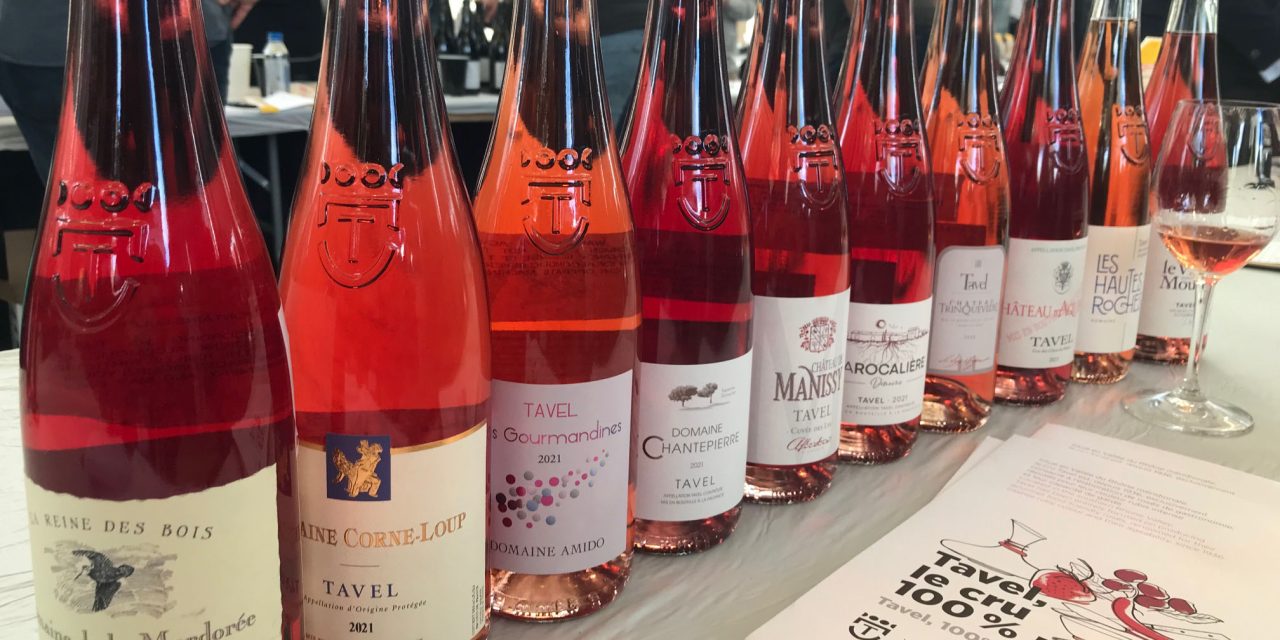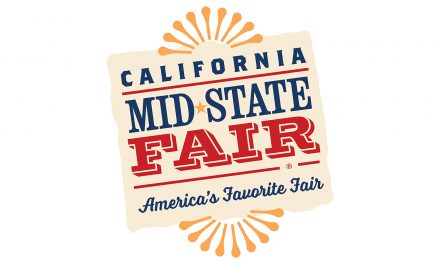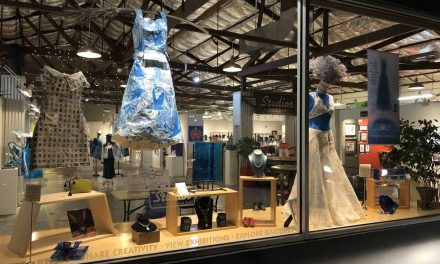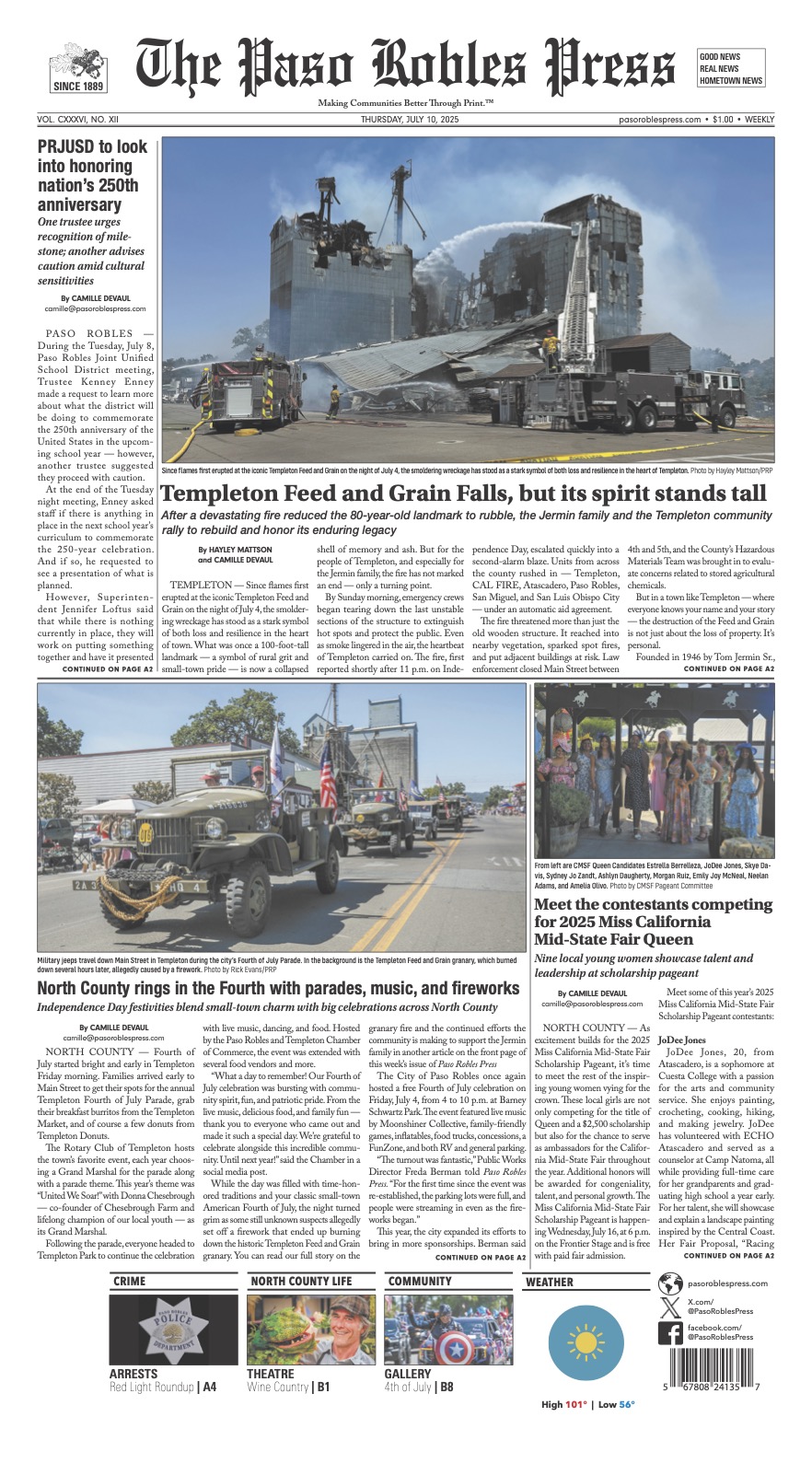Four seminars, two grand tastings, two lunches and a dinner, a live auction and over 120 producers and importers sharing a selection of 1,000 Rhône style wines.
This is what some 1,600 attendees experienced at the 23rd Hospice du Rhône (HdR) where the Paso Robles Event Center was transformed into a high-octane Rhône Zone from April 21-23.
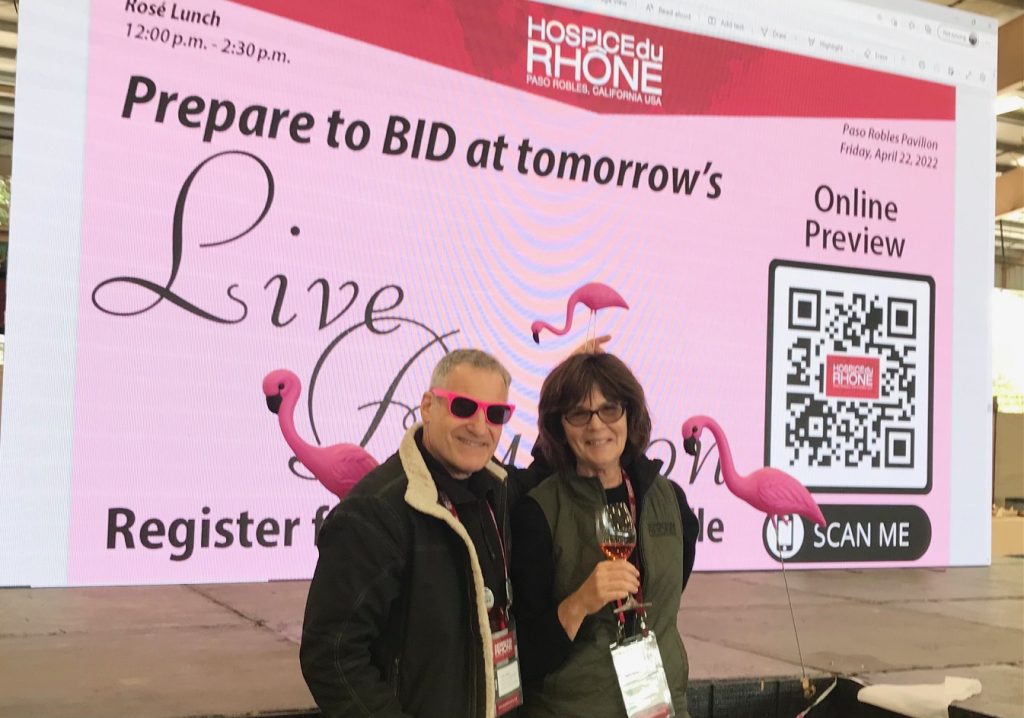
Photos: Mira Honeycutt
After having to postpone the event from 2020 and 2021, the bi-annual HdR event turned into a quadrennial, since the last one took place in Paso in 2018. So, this was a Rhône reunion like no other. The air was filled with joy and merriment and the refreshing sound of foreign accents.
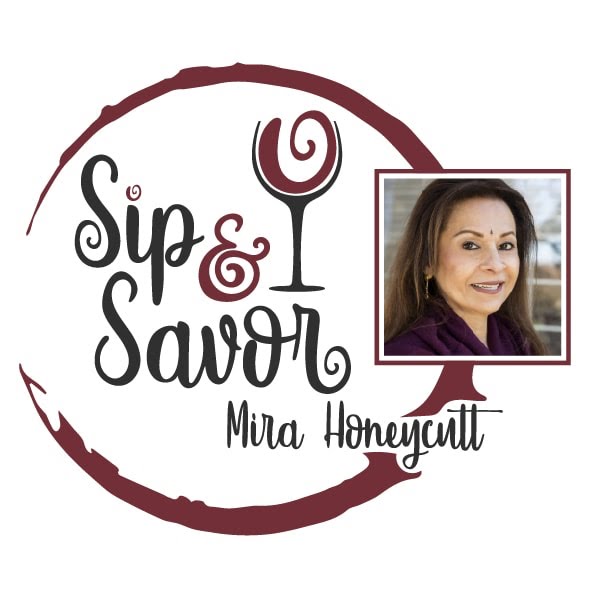
“You’ve always been the reason for this event; without you, none of this would be possible,” said John Alban, HdR’s Founding Director to an enthusiastic crowd at the Rosé lunch prepared by Sonoma’s the first and the fig restaurant. “You are the Person of the Year,” he continued, referring to his note in the event catalog. “It’s a love letter to you all. You’ve put a three-year deposit on this event.”
This comment was a nod to the long-standing commitment shown by HdR participants, people who booked their tickets with advance payments back in 2020 and offered to leave them with HdR till 2021, which was eventually applied to this year’s event.
I learned that much of the wine from France and other countries was shipped to Paso in 2020, a few weeks before the Covid lockdown was enforced. The wines remained at a local storage facility till they were uncorked last week.
As in previous years, the event was efficiently organized led by Alban and President Vicki Carroll, assisted by Event Director Teresa Dellaganna, Communications Consultant Erin Carroll and a team of volunteers and sommeliers, supported by dedicated sponsors.
The three-day event kicked off with a technical conversation that Alban conducted with Dr. Nick Dokoozlian, Vice President, Winegrowing Research at E. & J. Gallo. Through a powerpoint presentation, we learned about the long-term health of vineyards, concerns about climate change and the role of hybrids in the future.
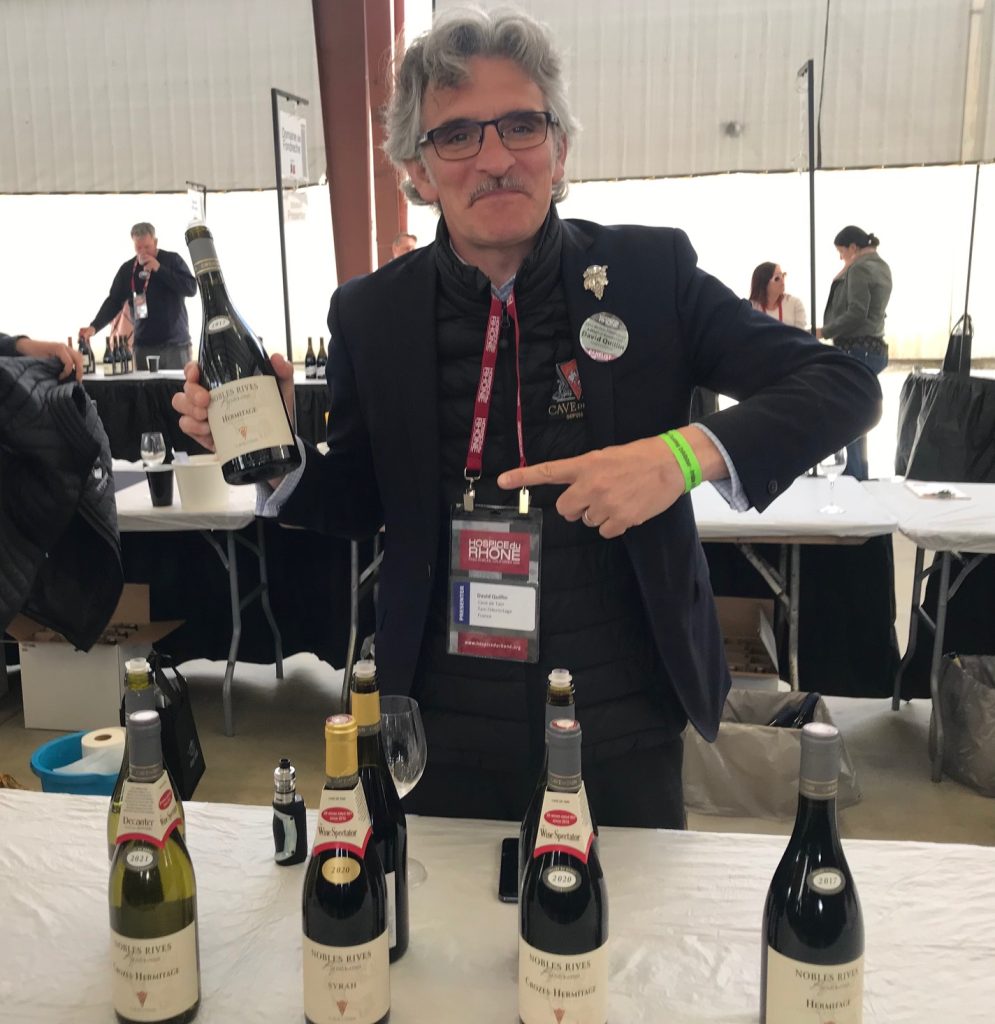
Straddling France’s mighty Rhône River, the namesake wine region is sub-divided into Northern Rhône dominated by syrah and Southern Rhône ruled by grenache and mourvèdre in addition to over a dozen other red and white grape varieties. In California, the Central Coast is the true axis of Rhône variety plantings with Paso taking the lead.
A diverse taste experience unfolded through the four seminars staged over two days: from the rich dense syrahs of France’s Tain l’Ermitage in Northern Rhône and the freshness of white blends and grenache from Ventoux in the south to Walla Walla Valley region’s Rocks District in Washington State to Horsepower’s cobblestone vineyards in Oregon.
At the Cave de Tain l’Ermitage seminar, we savored seven wines presented by producer David Quillin. The vertical tasting of six wines from the 2015 vintage presented one grape (syrah) from one site but six different plots to show the expression of the terroir and variation in soils. The seventh wine was a blend of the six wines, a rich dense 2015 Hermitage Gambert de Loche.
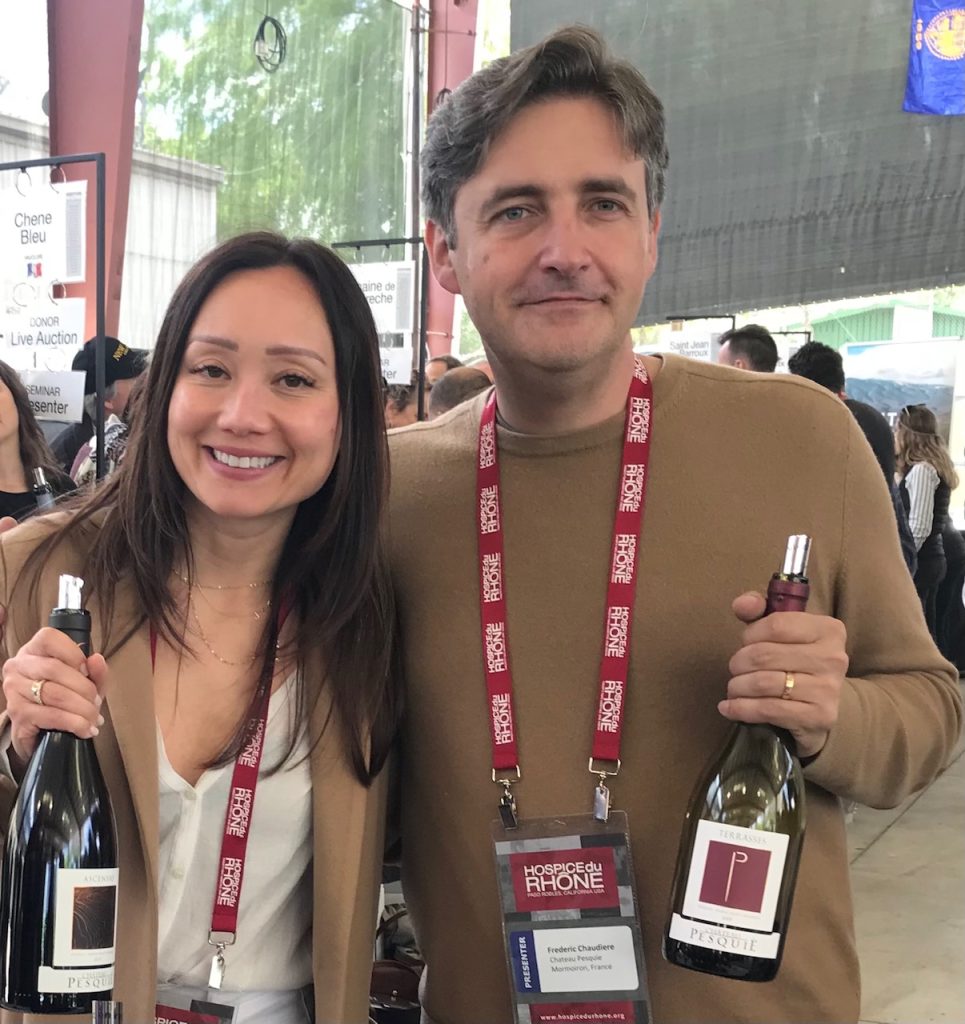
Titled “Red Hot cause it’s Cool,” the Ventoux seminar was represented by a collective of five winemakers/producers from this appellation in Southern Rhône. The team was led by Frédéric Chaudiere, third regeneration winemaker of Château Pesquié and president of Ventoux AOC (Appellation d’Origine Contrôlée).
Chaudière went on to compare the Ventoux region to Paso, as a community that has risen together. With 150 wineries in Ventoux, he portrayed the region as being in its early stage and poised to excel shortly.
Located at the foot of Mont Ventoux, the region’s cooling influence adds freshness and minerality to the wines which was evident in the white blends: Château Pesquié’s 2020 Quintessence and 2018 Persia from Domaine de Fondèche.
From the biodynamic vineyards of Chêne Bleu, the 2010 Abélard was nuanced with a spicy character; the grenache/syrah blends of Saint Jean du Barroux and Château Juvenal were expressive of the region’s garrigue.
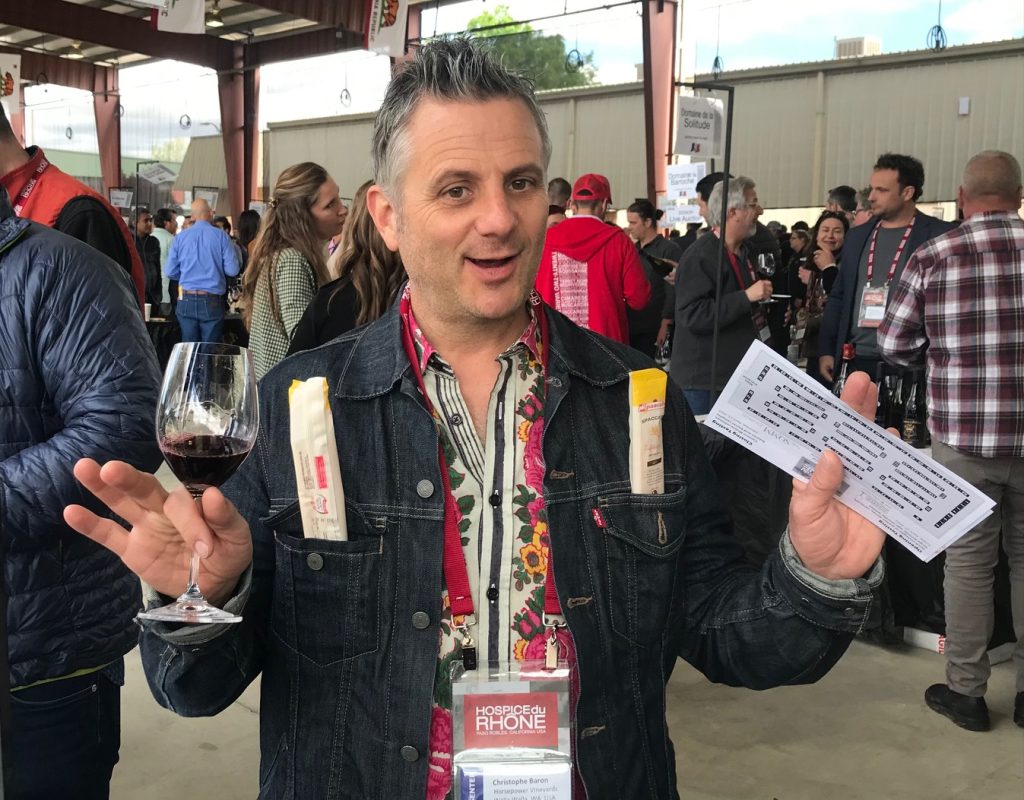
The Walla Walla Valley wine region that stretches from southern Washington and spills into northern Oregon was represented by Horsepower Vineyard’s maverick French vintner Christophe Baron. He discovered the cobblestone region in 1996 in the remote part of northern Oregon and the idea of crafting Rhône style wines took root.
“There’s an energy in animals and the wines express that,” said Baron enthusiastically of his biodynamic vineyard tilled by a team of six Belgian draft horses. “They love to walk, they’re happy to keep weeds down.” Baron presented eight wines from three vineyards from 2012 to 2016: earthy grenache wines and textured syrahs concentrated with black fruits.
Syrah rocked the next day. A team of five winemakers/producers represented Oregon’s Walla Walla Valley appellation. Titled “Syrah to Rock the World,” the wines represented the Rocks District of Milton-Freewater, a region covered with huge basalt and volcanic rocks.
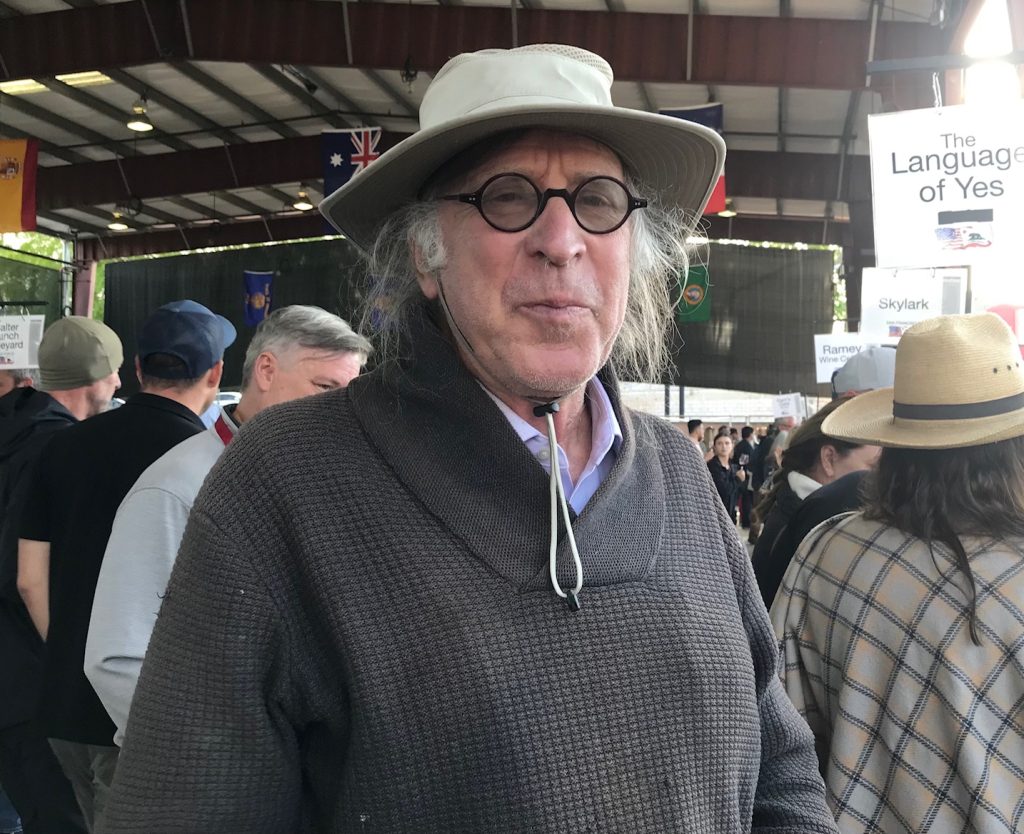
“Heat and radiation from the rocks have a sensory impact on wines,” commented Devyani Isabel Gupta, winemaker at Valdemar Estate. The lineup of six syrahs expressed the region’s distinct minerality and an umami-like aspect. Participant wineries included Rôtie Cellars, Delmas, Force Majeure, PÁŠXA and Rasa.
A tsunami of flavors challenged our palates as we got ready for the two grand tastings: older vintages on Friday and current releases on Saturday. A smorgasbord of varietals, blends and various vintages from a multitude of regions and appellations awaited us. With so much to explore, this was a sip, savor and spit kind of experience.
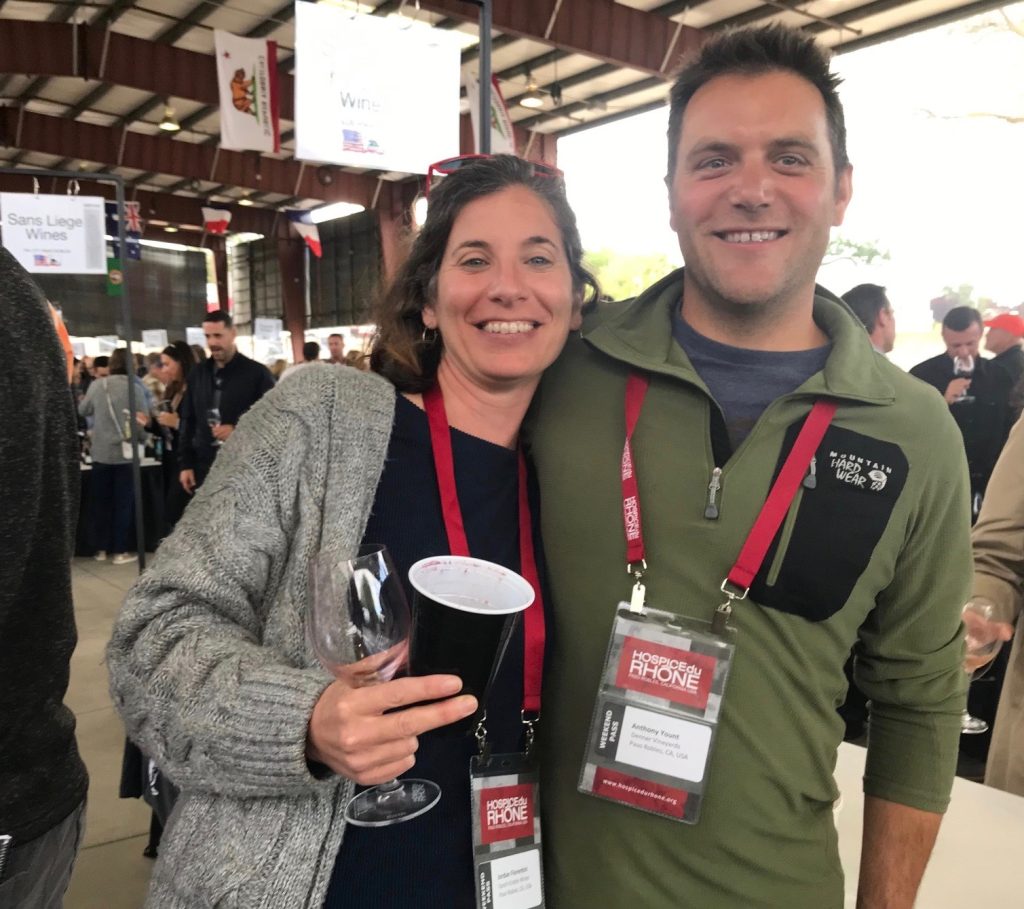
So, wine glass and black spit cups in hand, Rhône-fans marched into the Stockyard Pavilion packed with over 100 winery representations: 80 from California, 21 from France, six from Oregon, nine from Washington State and one each from Spain and Australia.
Among the obscure wines, I found the 2020 Le Cerisier, a vibrant pink wine made by Randall Grahm (the godfather of America’s Rhône movement) under his newly launched label The Language of Yes. The wine was a blend of tibouren and cinsault.
Only Grahm would be intrigued by a little-known variety like tibouren. “It’s from El Pomar,” he told me of the two acres especially planted for him in Paso’s sub-appellation. A total of four acres of tibouren are planted in California.
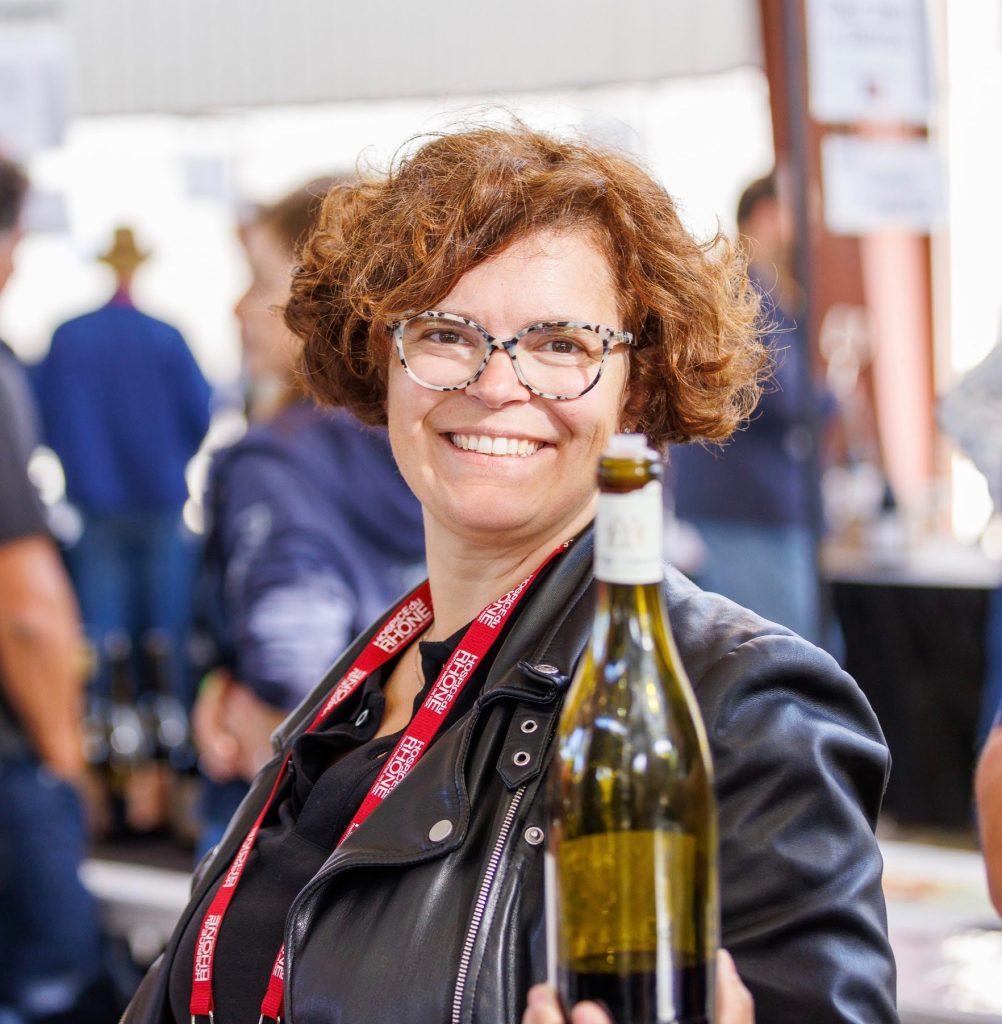
Photo: Mel Hill
There were some impressive older vintages from the 42 Paso winery participants, among them: Royal Nonesuch Farms, Per Caso, Epoch, Saxum, Booker, Denner, MAHA Estate, Linne Calodo, Law Estate, L’Aventure, Tablas Creek and Torrin.
From the French contingent, it was a treat to sample older vintages like the 2012 Les Seines St. Joseph from Cave Yves Cuilleron; a sampling from the 2013 magnum of E. Guigal’s Chateau d’Ampuis; and the 2001 Châteauneuf-du-Pape wine from Château de la Font du Loup, “It’s not a baby anymore,” quipped owner/winemaker Anne-Charlotte Mélia Bachas.
The three-day Rhône-centric experience wrapped up with the farewell dinner prepared by Field to Table and live music by Paso winemaker and musician Mark Adams and his band.

